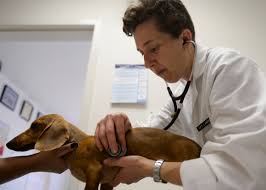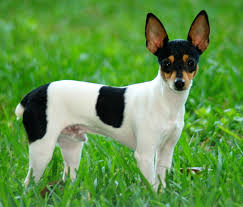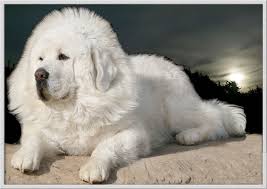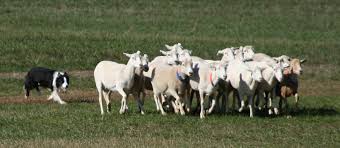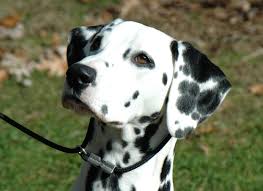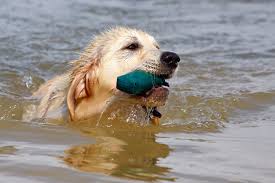Some groups, such as the hounds, the gundogs and the Terrier group, for instance, are made up of dogs sharing common characteristics. Within each of these groups, therefore, we find dogs with either an inbuilt tendency to hunt or to retrieve to go to earth in pursuit of quarry. The Toy Group also includes dogs that have one overriding characteristic in common. In this case, it is that they are all small, even if the come in a variety of different shapes. For more information about the Toy Group please visit our website at www.animalshelter.org
...Read More...


